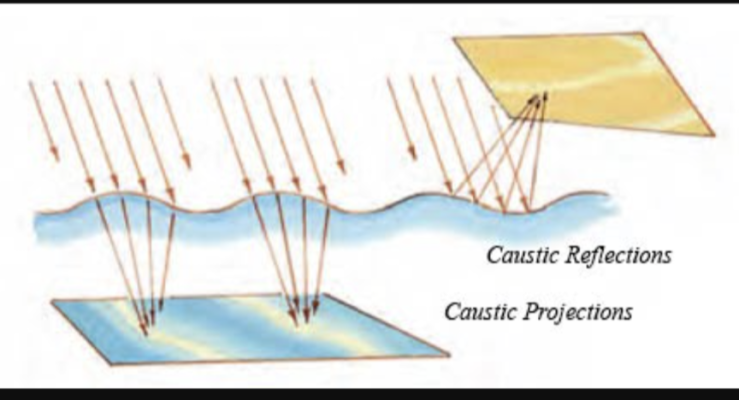I could go dig up the “way back” machine and show that I had a similar argument about 25yrs ago. I could also go back and show I’ve brought up this blue light misinformation thing by starting 2 or 3 threads similar to this but with a totally opposite opinion than the OPMy logic is that the sun is full spectrum, and Acropora grow a couple meters deep, or most of them do.If they would like the more blue or almost only blue wavelenghts they would grow much deeper,( some do).I am a simple guy.
Here is the thing: animals adaptation (fitness) is driven by variables tied to a specific environment
In husbandry you can:
A) duplicate the environment as much as possible (as in using FULL Spectrum/sunlight spectrum)
OR
B) you can try and optimize the environment for the animals particular biology (as in using “blue” spectrums only)
my opinion is you can’t ever go wrong by duplicating a animals natural environment, whereas choice “B” is dependent on how accurate our understanding of a animals biology is…



























